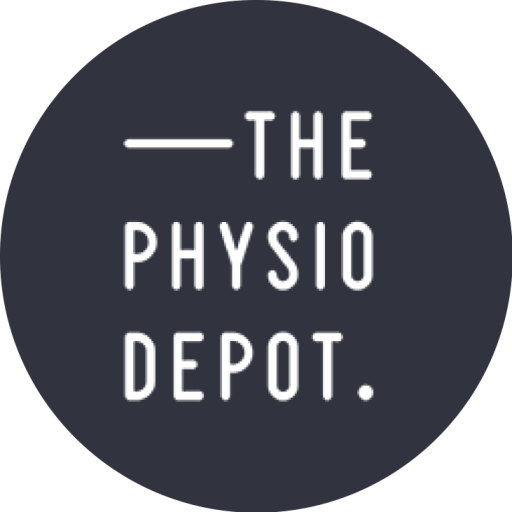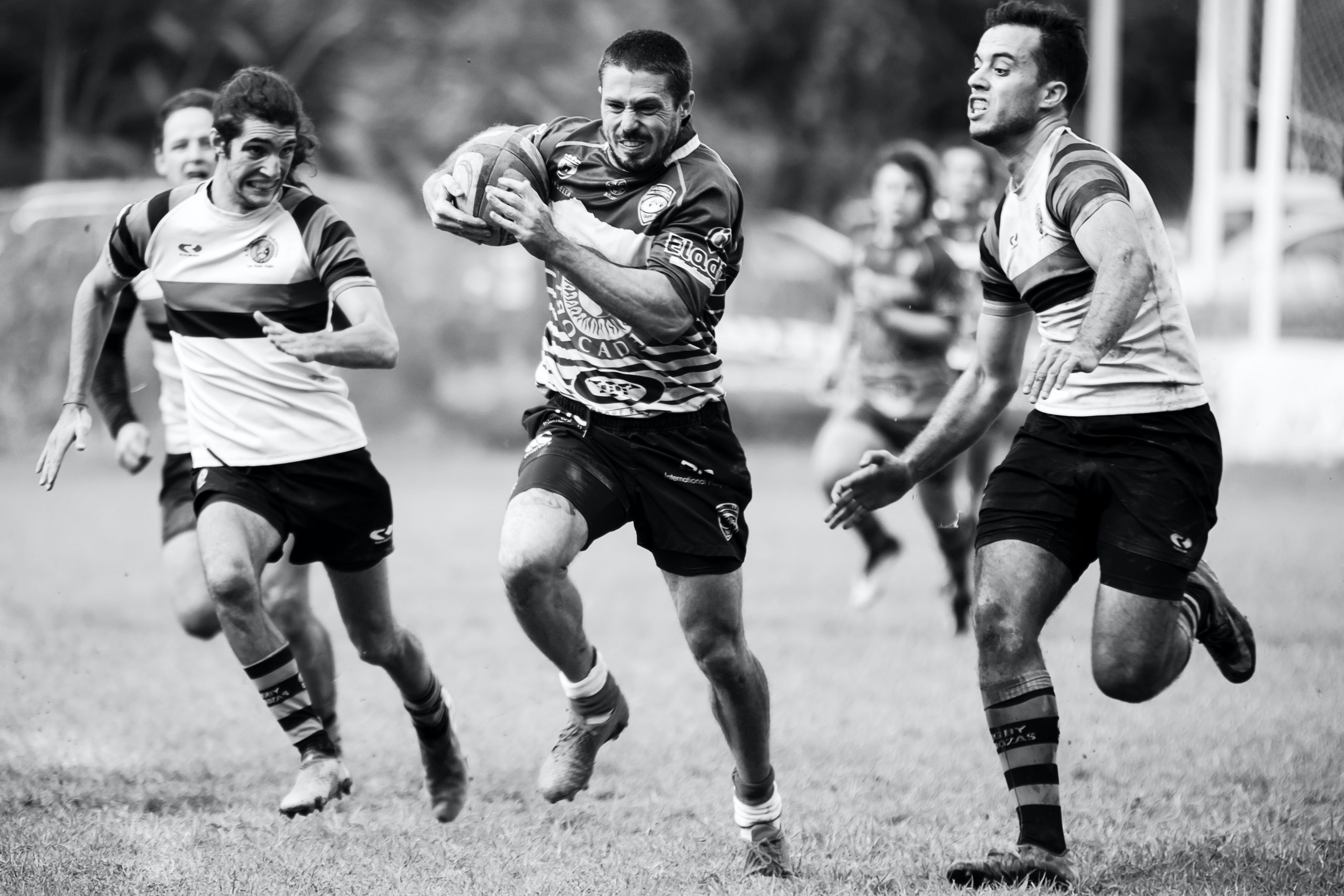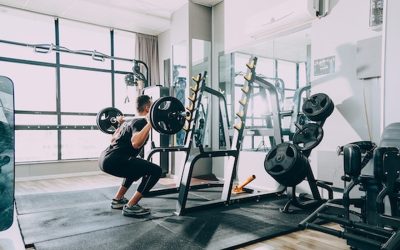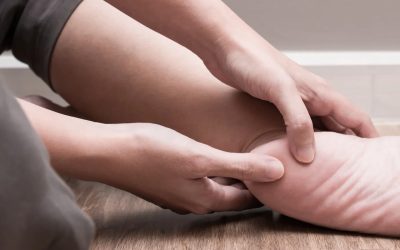Firstly what is an ACL and why is it important?
The anterior cruciate ligament aka ACL is one the main ligaments joining your thigh bone to your shin bone. This inherently keeps the knee very stable so we can jump, run and change direction in a sporting context. The ACL’s job is to stop the knee hyperextending, rotational control and a degree of proprioception for our knee.
What causes an ACL injury?
A twisting movement of the knee on a stationary foot is very common.
Knee hyperextension can cause injury.
Non contact causes account for the majority of ACL ruptures.
Females are at greater risk.
Higher prevalence in sports requiring sprinting, pivoting, decelerating and jumping.
What are the symptoms of an ACL rupture?
- A audible pop is present in some cases (not always).
- Immediate joint effusion and swelling.
- Sudden onset of pain that eases afterwards. Most people can walk on a ruptured ACL with little to no pain.
- Night time symptoms in the first 24 hours.
- Knee joint stiffness due to swelling and pain.
- How do you Diagnose an ACL rupture?
- A Physio will listen to your story and then assess your knee with series of tests. Imparticular the Lachmans test, the pivot shift test or the lelli’s test will be used to clinical diagnose the ACL rupture.
If the Physio feels the ACL is ruptured an MRI will be performed to confirm the diagnosis and assess any other structures that are injured for example: Medial meniscus, medial ligament and any cartilage or bone involvement.
Does every ACL injury need Surgery?
This space is ever evolving in modern sports medicine. Generally conservative management was only used in the older population who had retired from their sporting days. Surgery was the once the only option for younger people wanting to play sport again. Yet, there is a growing body of evidence that rehab based management of an ACL may have the same benefits of the surgery itself.
What does the ACL rehab process involve if I have surgery?
An approximation of the rehabilitation process involves:
Day 0-14
- Manage the knee swelling.
- Restore knee extension range of motion.
- Ensure good quadriceps activation.
- Normalise the walking gait cycle.
Week 2-6
- Ensure the above is completed diligently.
- Quadricep strengthening in various positions.
- Restore basic movement patterns: Squat, quadricep squeezes in standing and walking practice.
- Begin hamstring strengthening. Being mindful if you have had a hamstring graft for your ACL.
- Stationary Bike if pain, range and swelling allows.
Week 6-12
- Start further strengthening work.
- Loaded Strength Exercises: Calf raises, hamstring work, squats, leg presses, modified step up work.
- Ensure Knee range is perfect and knee is not swelling.
12-16 weeks
- If KNEE has good quads, no swelling, terminal knee extension and single leg controls is adequate we can start a return to straight line running plan.
- Strength work continues throughout the whole process.
4 months to 6 months
- Be nice to your ACL this is where people get cocky.
- Slowly building running load into your legs and keep it to straight lines.
- Advance single leg drills and stability work.
6-9 Months
- Learn to get your springs back.– Learn to land, hop and get really good dynamic control.
- Start testing muscle groups with specific measures to see right and left differences.
9-12 months
- Cutting and directional running changes.
- Add external distractions with sport specific rehabilitation.
- Ensure a very thorough return to sport testing protocol.
Recovering from an ACL injury takes time and a lot of hard work. You as the patient are doing all the work with this recovery and it takes discipline and patience to do it well. New research suggests the longer we stay out of sport the lower the likelihood of re-injuring the ACL again. A minimum of 12 months is recommended by most surgeons.




